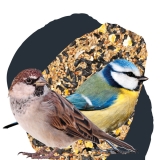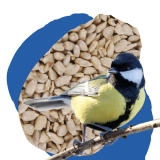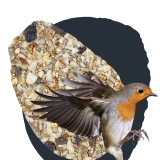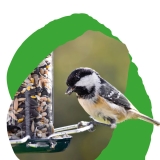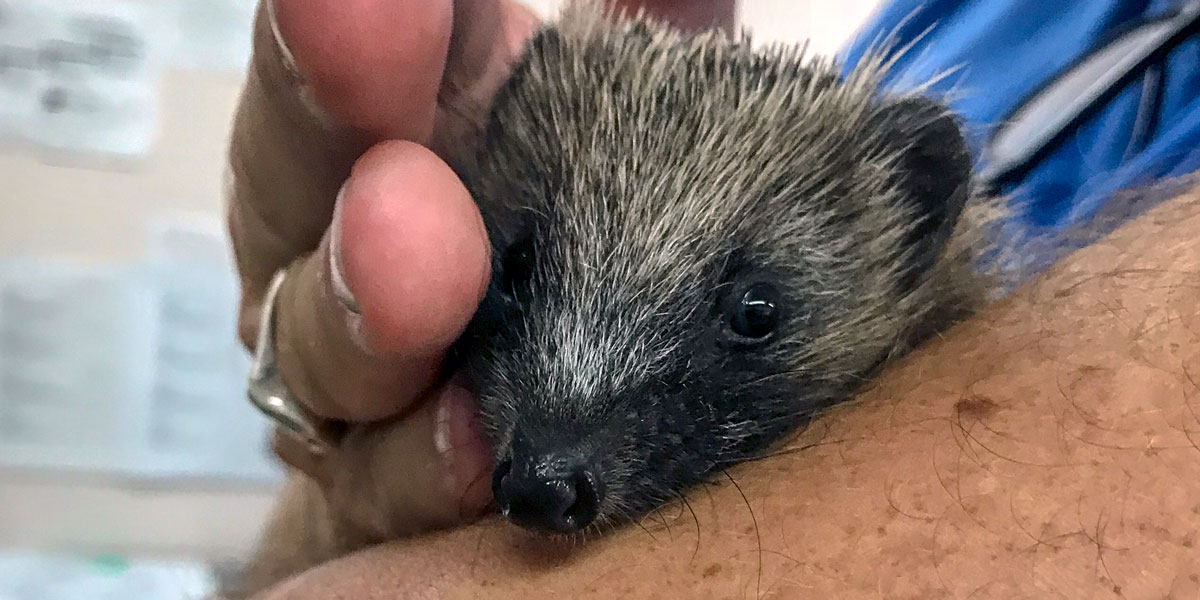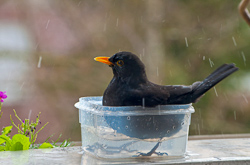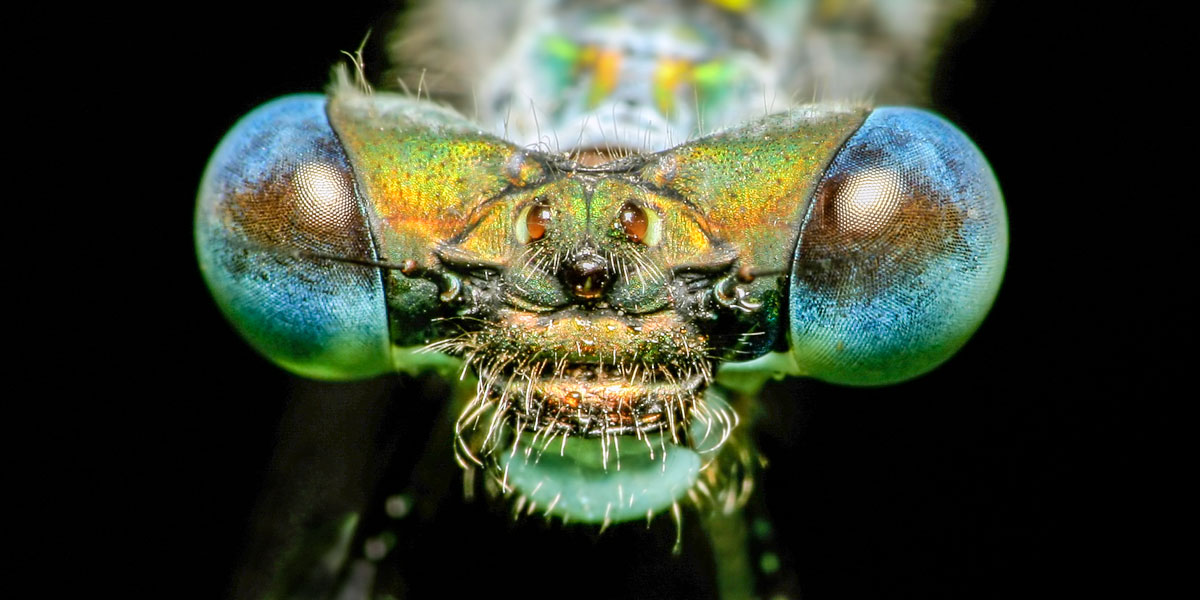Explore Our Garden Wildlife Blog
Browse or search by Category or Keyword below, alternatively click on any Tag to see related articles.
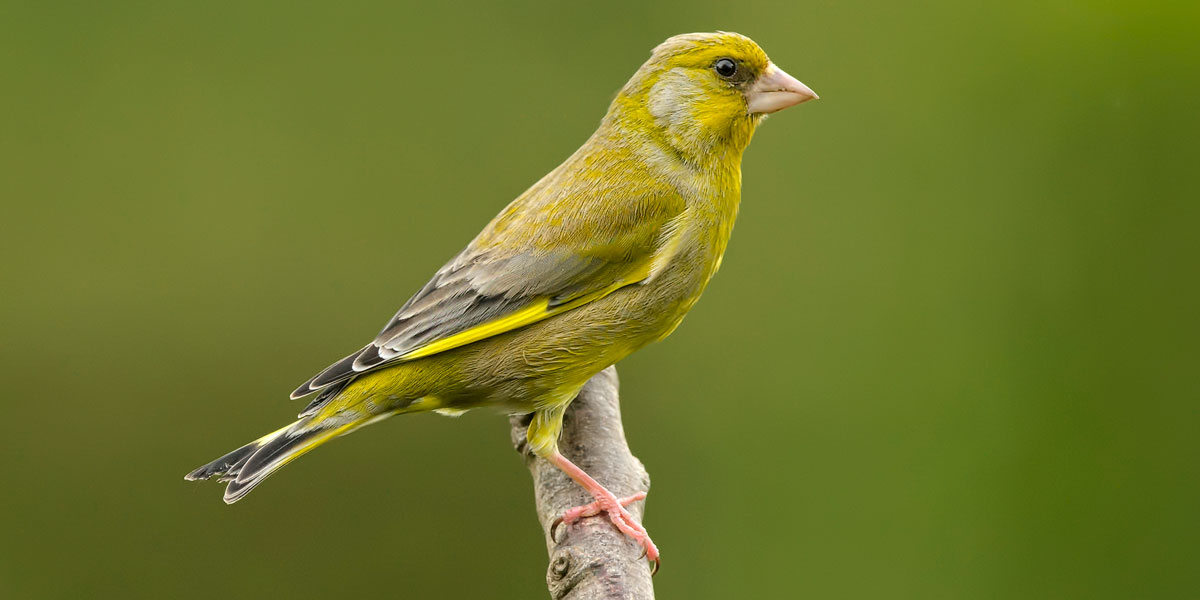

Greenfinch: Habitat, Identification and Food
By Ark Wildlife
23rd February 2023
Last Updated: 25th September 2023
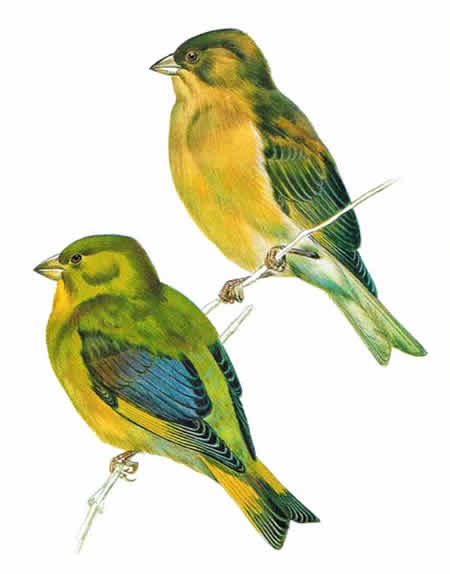
Greenfinch identification
Length: 14cm.
This is the largest yellow-green finch present in Europe. The upper parts are brownish-green, yellower on rump, brownish mustachio streak. The ear coverts, sides of neck and flanks are also brownish-green. Under parts are a yellowish-green tinged from grey to greenish-yellow on belly, lower belly and under-tail covers are a greyish. Their flight feathers are brown-black fringed grey and yellow-green. The bill is pale pink with a brown tip and their legs are a pale flesh-colour.
The female has browner upper parts and greyer under parts, there is less yellow on the tail feathers. The young Greenfinch’s are similar to the female, except the upper parts are clearly streaked brown, the rump is brown and wing coverts are brown.
The flight of the Greenfinch is undulating. It does not venture far from trees. The males seek to attract females by hopping, with one wing raised, head erect, mouth open and tail spread.
Greenfinch call and song
A Greenfinch’s main call is a ‘cheep’ or ‘cheek’, especially in flight. Their song is a series of twittering notes ending in a nasal ‘scaar’.
When and where do Greenfinches nest?
Breeding starts from late April. The build nests in hedgerows, bushes and small trees., in a fork of branches or against the trunk. The nest is a bulky cup of grasses, plant stems and moss, lined with plant fibres, roots and feathers.
The female lays four to six eggs, light bluish-white with brownish-red spots and blotches of purplish markings. The female alone incubate for about twelve to fourteen days. They young are fed by both adults and remain in the nest for thirteen to sixteen days. Two broods, rarely three.
Greenfinch habitat
The Greenfinch lives in gardens, wooded countryside, parks and orchards.
What do Greenfinches eat?
Chiefly seeds, also insects.
Where should you feed Greenfinches?
Feeders – Ideally above 1m in height
Table – Open topped or covered
Ground – Scatter food in the open or near cover
How to attract Greenfinches to your garden
There are a few different ways to attract Greenfinches to your garden. Firstly, these birds love sunflower hearts and black sunflower seeds which you can leave in hanging seed feeders, on bird tables or scattered in a safe location.
You can also use plants to encourage more Greenfinches to visit your garden. They particularly enjoy eating the seeds found within fleshy fruits such as rosehips and in the autumn you’ll find them snacking on yew and hawthorn seeds.
Adding more plants and flowers to your garden also helps provide more potential nesting spaces for these birds. After all, a garden with fewer trees and shrubbery is less likely to attract birds.
Do Greenfinches migrate?
Most Greenfinches that breed in the UK are sedentary and stay close to home, but some will migrate south or even as far as Continental Europe.
How long do greenfinches live for
On average, Greenfinches live for around two to three years.
Are Greenfinches in decline?
Unfortunately, Greenfinches are in decline and currently have a UK conservation status of red. Between 2008 and 2018, Greenfinch numbers dropped by an alarming 67%. The recent decline in numbers is believed to be linked to a severe outbreak of trichomonosis, highlighting the importance of preventing diseases amongst birds.
Natural food
Greenfinches will mainly eat seeds, including sunflower, niger, rosehip, yew, bramble and hawthorn. They also supplement their diet with insects, beetles and berries and have even become increasingly willing to take peanuts from hanging bird peanuts feeders.






